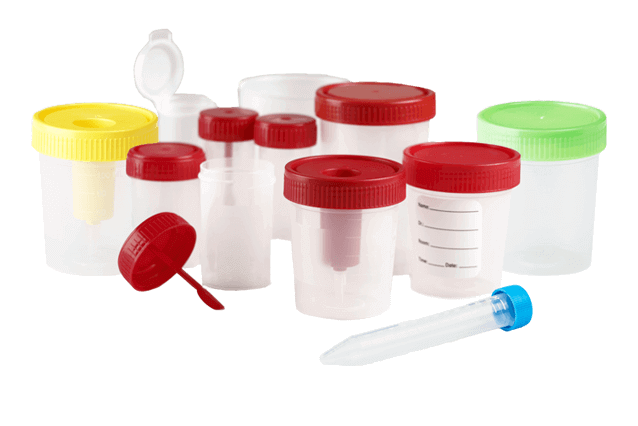
Urine samples are vital diagnostic tools used in various healthcare settings, from clinical laboratories to doctors’ offices. Accurate test results depend on the quality and integrity of these samples. One of the primary challenges in urine sample collection and handling is contamination. In this comprehensive guide, we’ll delve into the importance of contamination prevention and explore practical tips for maintaining the integrity of urine samples.
The Significance of Urine Sample Quality:
Urine samples provide valuable insights into a person’s health, assisting in the diagnosis and management of various medical conditions. However, when contamination occurs, it can compromise the accuracy of test results. Contaminated samples may lead to false positives or false negatives, which can have serious implications for patient care and treatment decisions.
Common Sources of Contamination:
- Improper Collection: Contamination often begins at the very first stage – urine collection. It’s imperative that those responsible for collecting urine samples adhere to strict hygiene practices. Failure to do so can introduce unwanted elements into the sample, affecting its purity.
Proper collection involves:- Ensuring that hands are thoroughly washed and sanitized before handling any collection equipment.
- Using clean, disposable gloves to minimize skin contact.
- Providing clear instructions to patients on the collection process, emphasizing the importance of cleanliness and avoiding contact with the inside of the collection container.
Any deviation from these procedures can open the door to contamination.
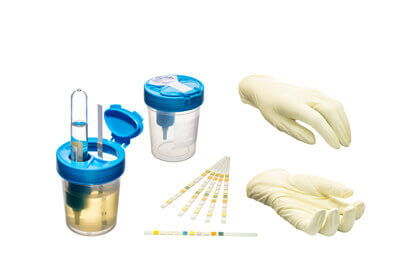
- Unsanitary Collection Containers: The containers used for urine collection, often referred to as urine sample cups or specimen cups, are pivotal in maintaining the sample’s integrity. These containers must not only be clean but also sterile to prevent contamination.
Sterility is guaranteed through:- The use of materials and manufacturing processes that minimize the risk of contamination during production. Cups and containers for urine collection should be produced, assembled (i.e. cap assembled to cup) and packed under clean room conditions. In cases, where needed, the assembled kit (cup & cap) should go through sterilization by GAMMA or BETA irradiation.
- The assembled kit should be packed individually to maintain sterility until the moment of use.
- Tamper-evident features to guarantee that the container hasn’t been compromised before collection. The tamper evidence can be achieved also by individual packaging in a plastic pouch.
- Always choose containers specifically designed for urine collection, as using makeshift or non-sterile containers significantly increases the risk of contamination. Moreover, using containers that are not air tight might contaminate the urine sample. Air penetrating the sample has the risk of contaminating the sample.
- Storage and Transport: Once collected, urine samples are susceptible to contamination during storage and transport. Inadequate handling and the use of inappropriate containers can introduce contaminants.
To prevent this:- Samples should be stored at the appropriate temperature and away from direct sunlight to inhibit bacterial growth.
- Select transport containers that are secure and leak-proof to prevent any spillage or exposure to external elements.
- Adhere to any specific guidelines provided by the laboratory or healthcare facility regarding the handling and transportation of urine samples.
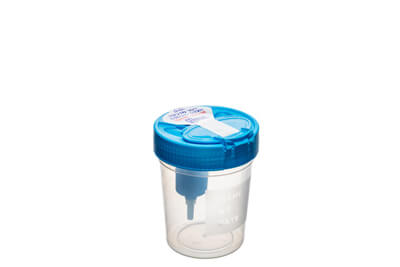
Tips for Preventing Contamination:
- Proper Hand Hygiene: Ensuring that those involved in urine sample collection practice proper hand hygiene cannot be overstated. Clean hands are the first line of defense against contamination.
This includes:- Thoroughly washing hands with soap and water for at least 20 seconds.
- Utilizing hand sanitizers with at least 60% alcohol when soap and water are not readily available.
- Wearing disposable gloves to prevent direct skin contact with the sample.
- The patient should be guided by the nurse to follow same the procedures before taking the specimen.
- Clean Collection Containers: The urine collection containers themselves must be sterile to prevent contamination. Always use containers specifically designed for urine collection, as these are manufactured to meet stringent sterility standards.
- Midstream Collection: The midstream urine collection technique is a valuable practice to minimize contamination. It involves collecting urine in the middle of the stream, rather than at the beginning or end. This reduces the likelihood of contaminants from the urethra or external environment entering the sample.
- Labeling: Proper labeling of urine sample containers is essential for accurate identification and tracking. Containers should be clearly labeled with the patient’s information, date, and time of collection. Tightly sealed containers prevent leakage and further safeguard the sample’s integrity.
- Transportation: During transport, samples are vulnerable to jostling and temperature fluctuations. Secure, leak-proof transport containers are crucial to prevent spillage and maintain the sample’s condition.
- Timely Analysis: Urine samples should be delivered to the laboratory for analysis as soon as possible. Prolonged storage can lead to bacterial growth, which can affect the sample’s composition and the reliability of test results.
- Training and Education: Adequate training and ongoing education are key components of contamination prevention. All personnel involved in urine sample collection and handling should be well-versed in the proper procedures to maintain sample integrity.
By diligently following these practices and understanding the critical role of urine collection containers in contamination prevention, healthcare professionals can ensure the accuracy of diagnostic tests, leading to improved patient care and more reliable medical decisions.
For further guidance on handling and transporting urine samples using collection containers, refer to our article on Tips for Proper Handling and Transport of Urine Samples.
Contamination in urine samples is a preventable challenge that can significantly impact the accuracy of diagnostic tests. By following proper collection, handling, and transport procedures and using appropriate urine collection containers, healthcare professionals can ensure the reliability of urine sample results. Ultimately, this contributes to more effective patient care and better-informed medical decisions.
In the world of healthcare, precision matters, and it begins with the integrity of the samples collected.

 10ml measuring Cup
10ml measuring Cup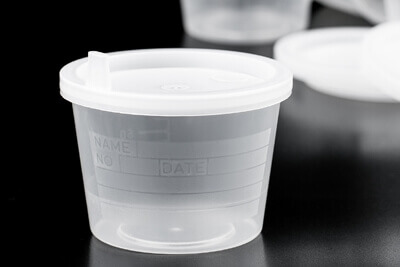 100 ml scaled Specimen Cup
100 ml scaled Specimen Cup 200 ml Sterile Specimen Cup
200 ml Sterile Specimen Cup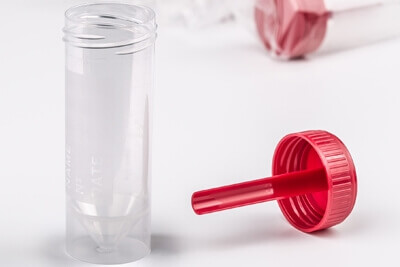 30 ml Specimen cup
30 ml Specimen cup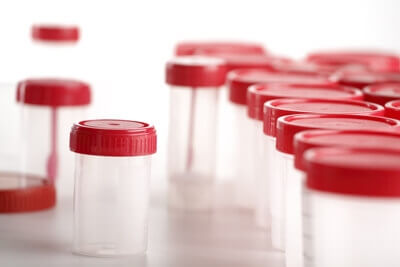 60 ml Specimen cup
60 ml Specimen cup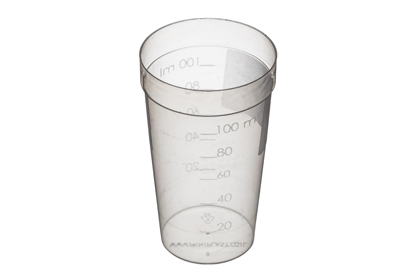 Polypropylene Titration cup 100ml
Polypropylene Titration cup 100ml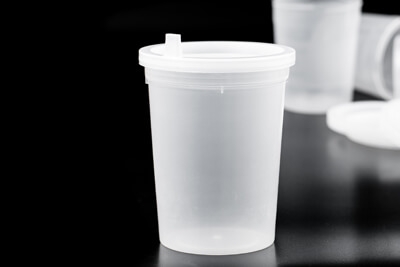 200 ml Specimen cup
200 ml Specimen cup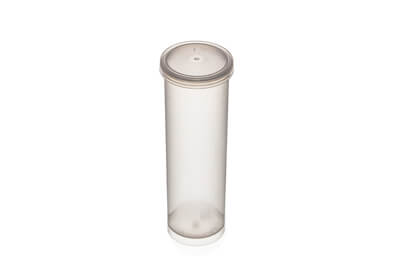 Milk test tubes
Milk test tubes 24 hour Urine Collection Containers
24 hour Urine Collection Containers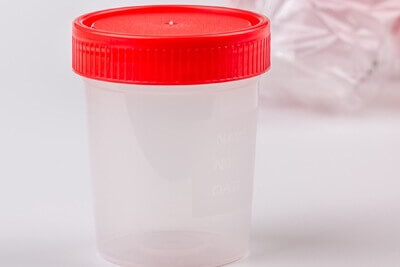 Urine Specimen Cups
Urine Specimen Cups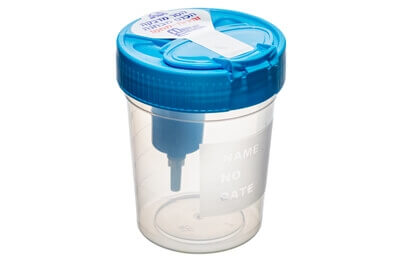 Urine Collection Cup + Cap with Two Openings
Urine Collection Cup + Cap with Two Openings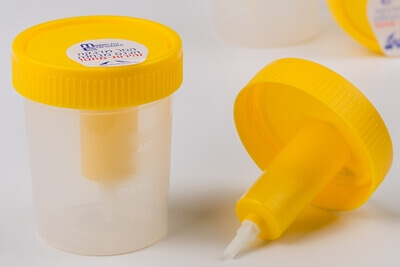 Urine Collection Container - Vacutainer
Urine Collection Container - Vacutainer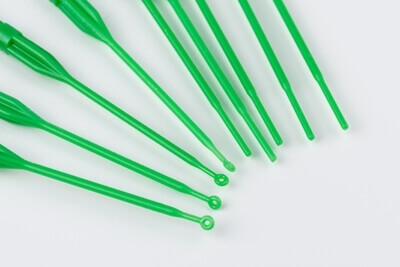 QuadLoop 1 uL & Needle end
QuadLoop 1 uL & Needle end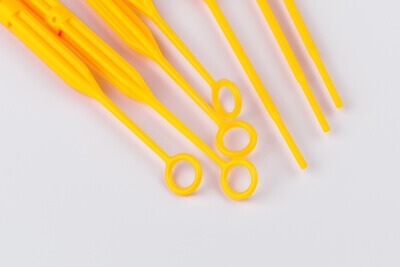 QuadLoop 10 uL & Inoculating needle end
QuadLoop 10 uL & Inoculating needle end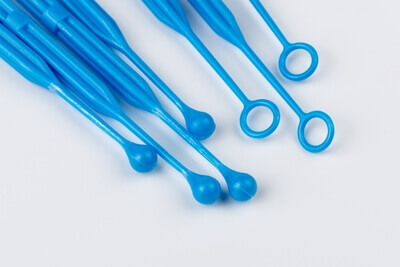 QuadLoop 10 uL & Sphere end
QuadLoop 10 uL & Sphere end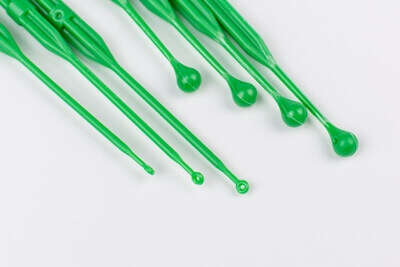 QuadLoop 1uL & Sphere end
QuadLoop 1uL & Sphere end QuadLoop Needle & Sphere end
QuadLoop Needle & Sphere end Sterile Cell spreaders, Drigalski spatulas
Sterile Cell spreaders, Drigalski spatulas 15 ml Centrifuge Tubes
15 ml Centrifuge Tubes 30 ml Transparent PS Tubes
30 ml Transparent PS Tubes 50 ml Centrifuge Tubes
50 ml Centrifuge Tubes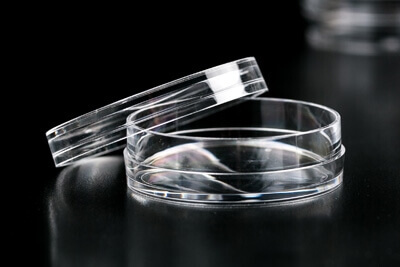 Petri dishes 50 mm (55x14.2)
Petri dishes 50 mm (55x14.2) Petri dishes PS 90 mm diameter (90X15)
Petri dishes PS 90 mm diameter (90X15)





